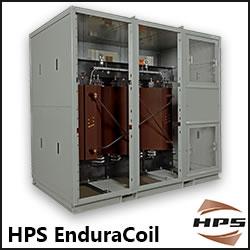Tax Incentive Coalition Posts 'FAQs' to Help Consumers Navigate New Energy-Efficiency Tax Credits
In keeping with its pledge to help consumers with new federal energy-efficiency income tax credits, the Tax Incentives Assistance Project (TIAP) has posted answers to Frequently Asked Questions on its website.
Washington, D.C., January 30, 2006 - In keeping with its pledge to help consumers take maximum advantage of new federal income tax credits for energy-efficiency home improvements and hybrid-electric vehicle purchases, the Tax Incentives Assistance Project (TIAP) has posted answers to Frequently Asked Questions (FAQs) about the tax incentives on its website (www.energytaxincentives.org/tiap-contact-us.html).
The FAQs respond to queries TIAP has received from the public, such as:
� Are purchases made in 2005 eligible for the tax incentives?
� How do the federal tax incentives interact with state or utility credits or rebates?
� Can I receive a tax credit for a programmable thermostat or wood-pellet stove?
� How do I know what type of window qualifies for a tax credit?
� Your website states that the credit amounts in your table for hybrid-electric vehicles are estimates. Where can I find the definitive credit amounts?
� I heard something about a 60,000-vehicle limit on the hybrid tax credit. How exactly does that work?
On January 13, 2006, the IRS released interim guidance on tax credits for light-duty hybrid and diesel vehicles. TIAP has revised its passenger vehicle page to reflect this guidance (www.energytaxincentives.org/tiap-passenger-vehicles.html). This guidance answers some questions (such as how the credit for each type of vehicle will be determined), but it leaves certain issues unresolved (such as how the Alternative Minimum Tax affect the credits). TIAP will update its web site regularly as the IRS makes new information available. TIAP partners are also working with government agencies to encourage timely and appropriate guidelines and rules.
TIAP (www.energytaxincentives.org) is a coalition of public interest nonprofit organizations, including the Alliance to Save Energy and the American Council for an Energy-Efficient Economy, as well as government agencies and other leaders in the energy-efficiency field.
####
The Alliance to Save Energy is a coalition of prominent business, government, environmental, and consumer leaders who promote the efficient and clean use of energy worldwide to benefit consumers, the environment, economy, and national security.
The American Council for an Energy-Efficient Economy is an independent non-profit organization dedicated to advancing energy efficiency as a means of promoting both economic prosperity and environmental protection. For information, visit http://aceee.org .
Featured Product

